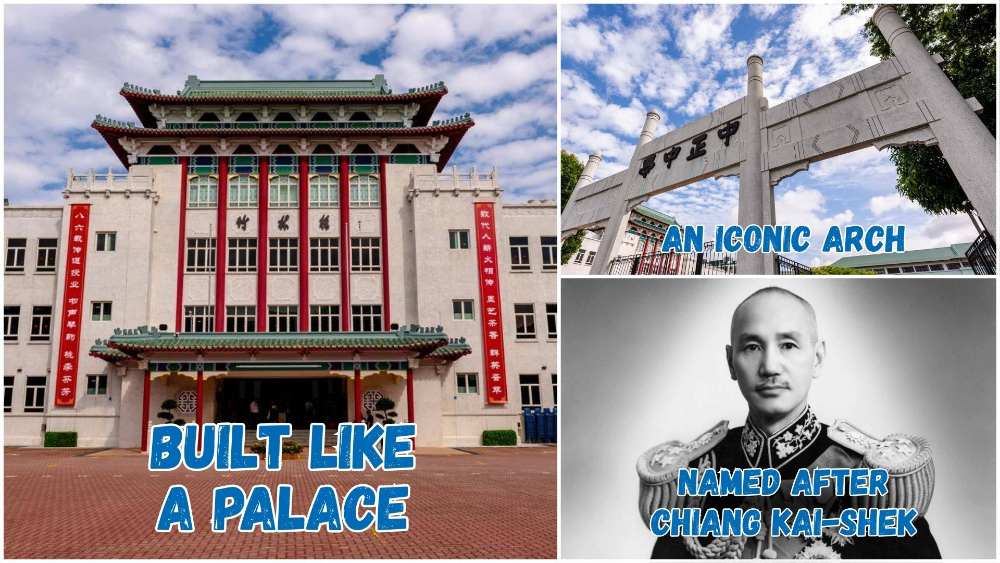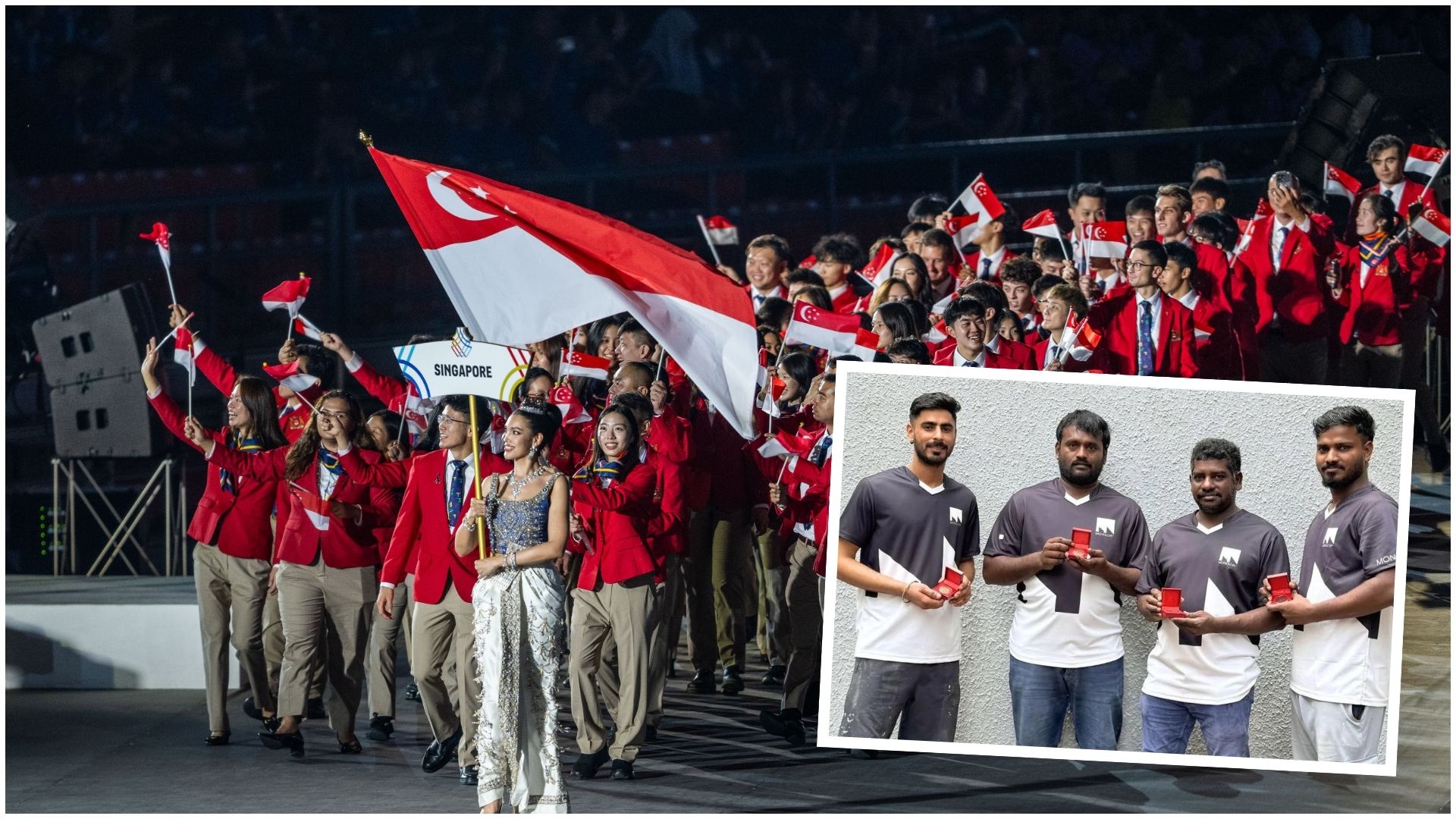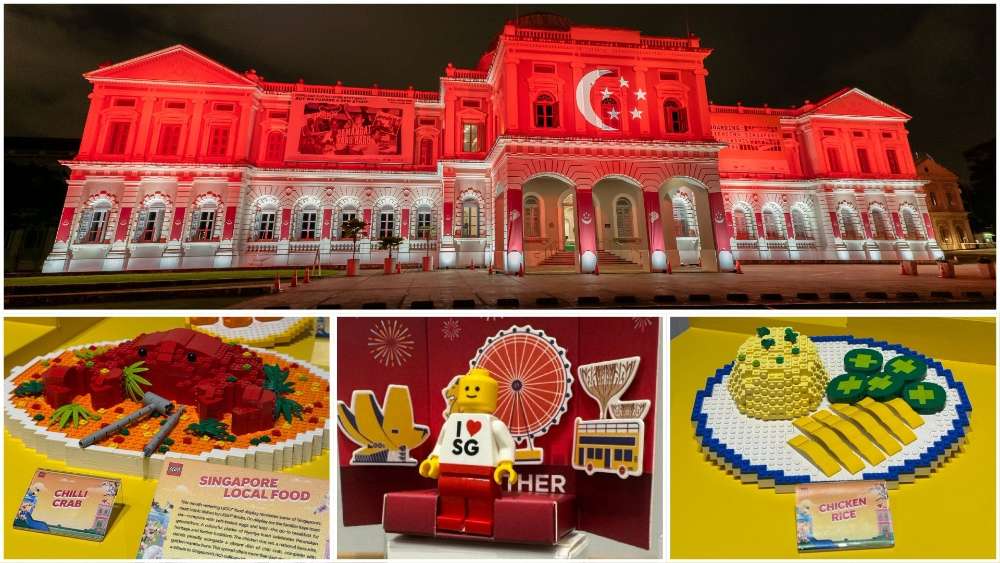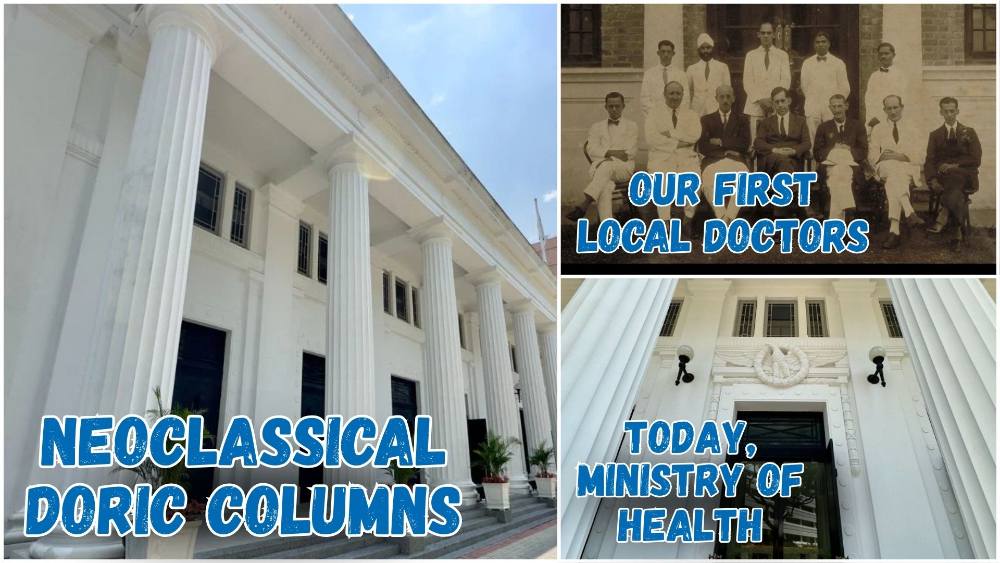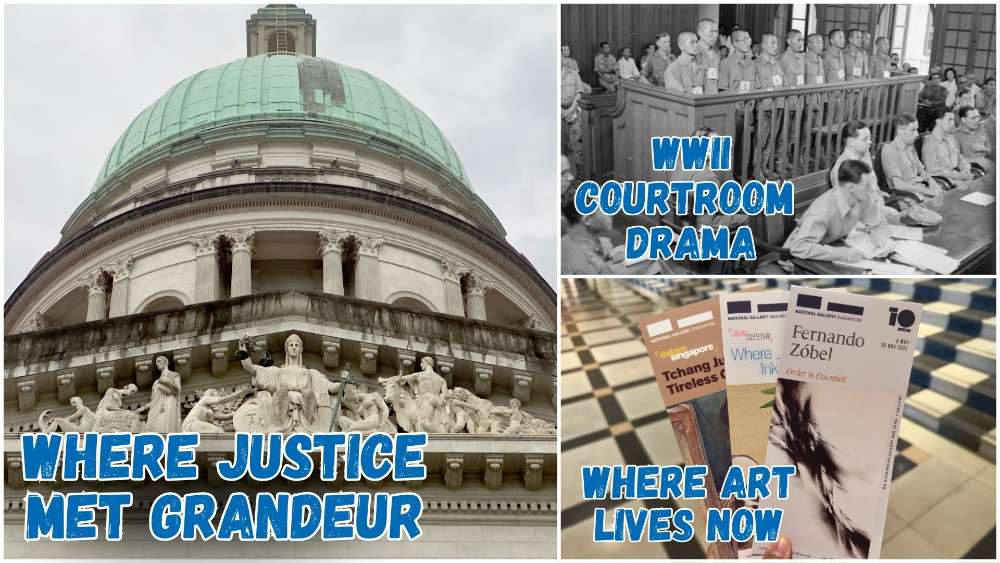From Surviving Termites And Mould To National Monument – Now It Celebrates SG60 With LEGO
In honour of Singapore’s 60th birthday, the National Museum is throwing its biggest National Day bash ever, and we’re invited.
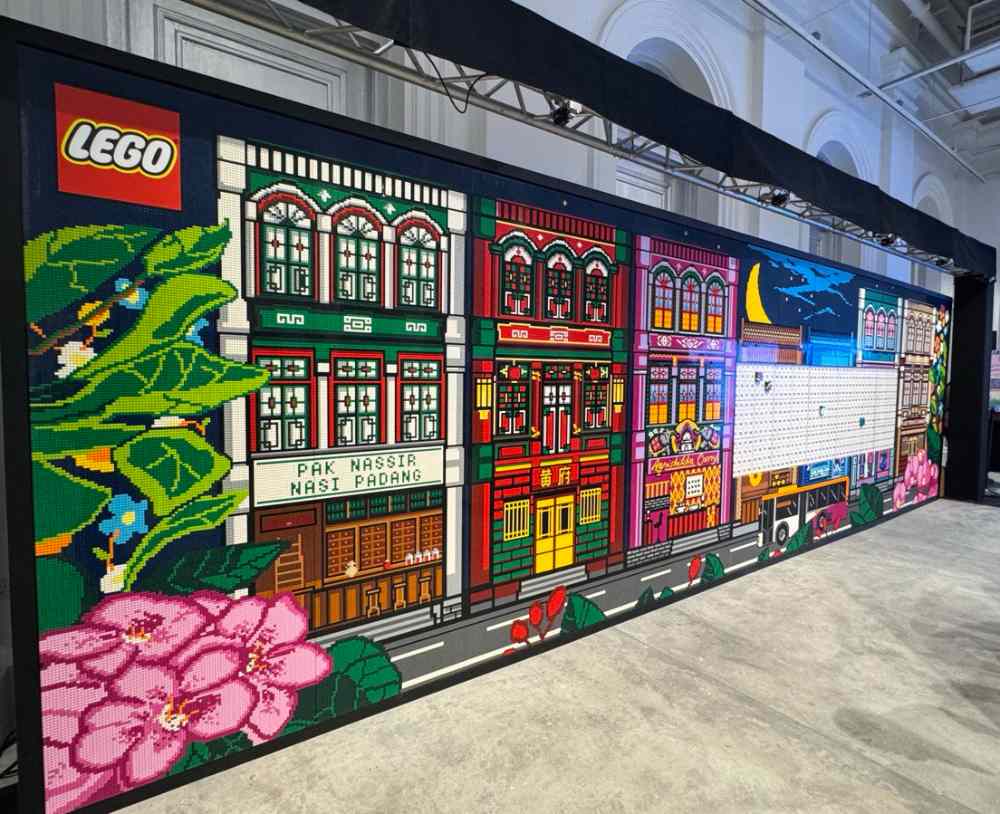 Can you guess how many LEGO bricks it took to make this LEGO mural that made it into the SG Book of Records? | IMAGE: NG KAI
Can you guess how many LEGO bricks it took to make this LEGO mural that made it into the SG Book of Records? | IMAGE: NG KAI
From 18 Jul to 9 Aug 2025, relive our nation’s journey through dazzling facade projections, snap IG-worthy pics of intricate LEGO dioramas (like super adorbz chilli crab and man tou buns), be wowed by Singapore’s largest LEGO mural (made up of a whopping 265,743 bricks!), and more.

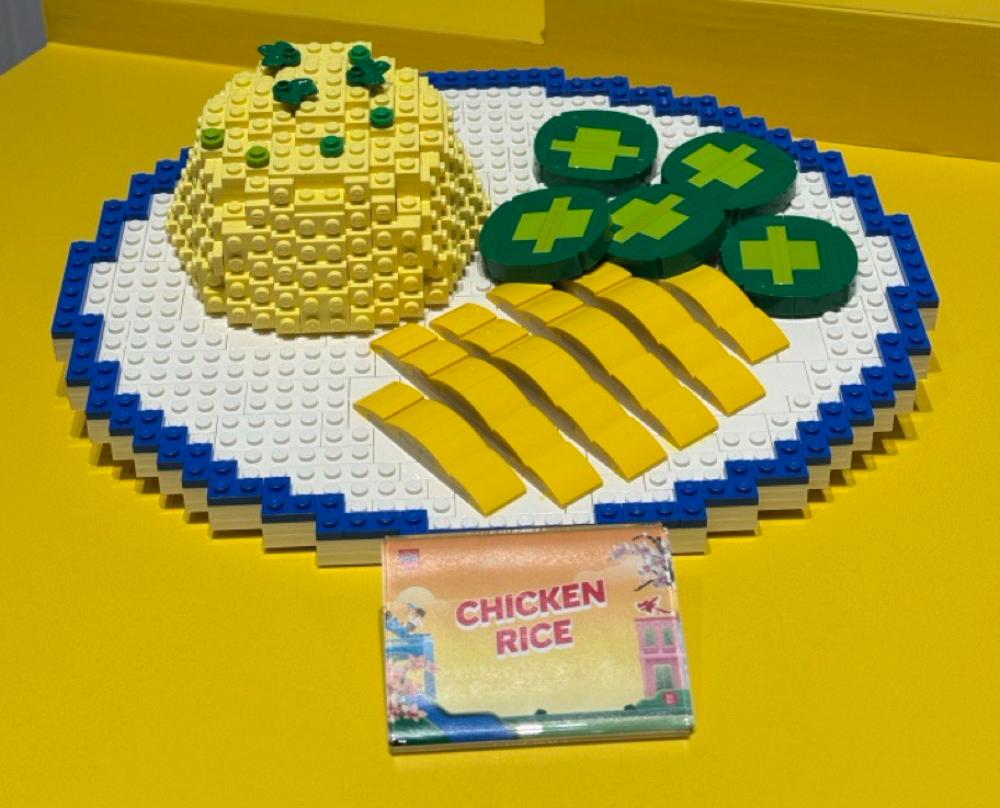
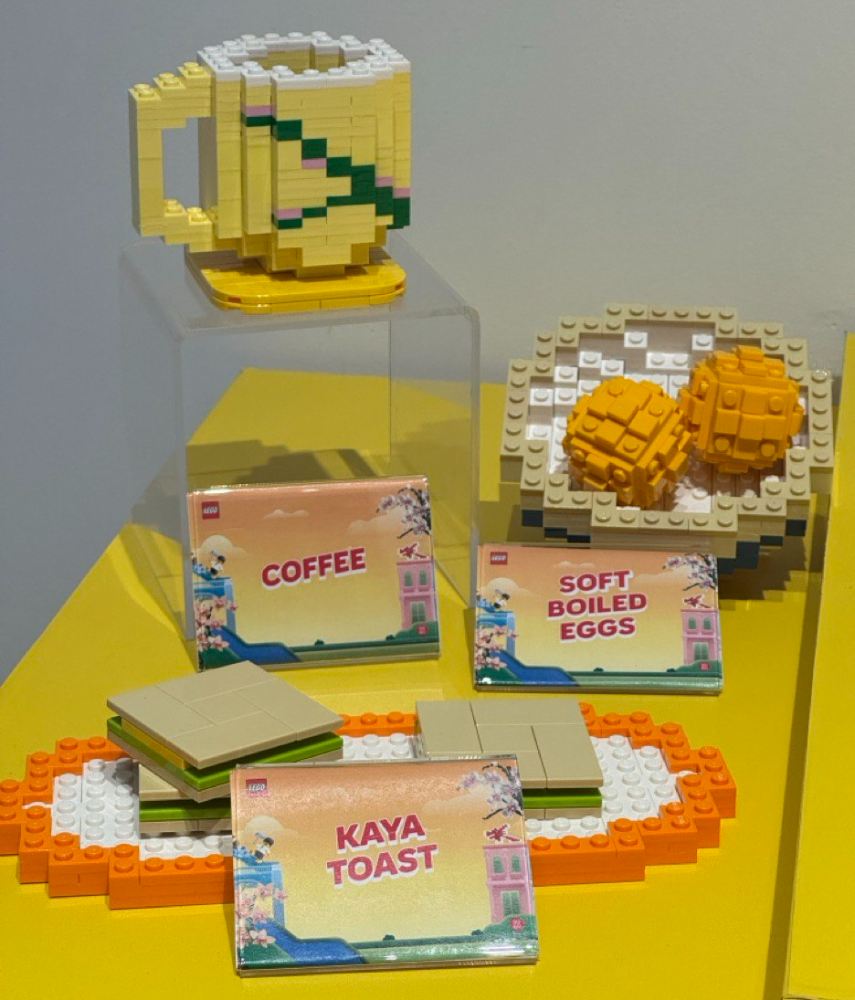 Spot your favourite local food? Too bad LEGO bricks cannot makan lah. | IMAGES: NG KAI
Spot your favourite local food? Too bad LEGO bricks cannot makan lah. | IMAGES: NG KAI
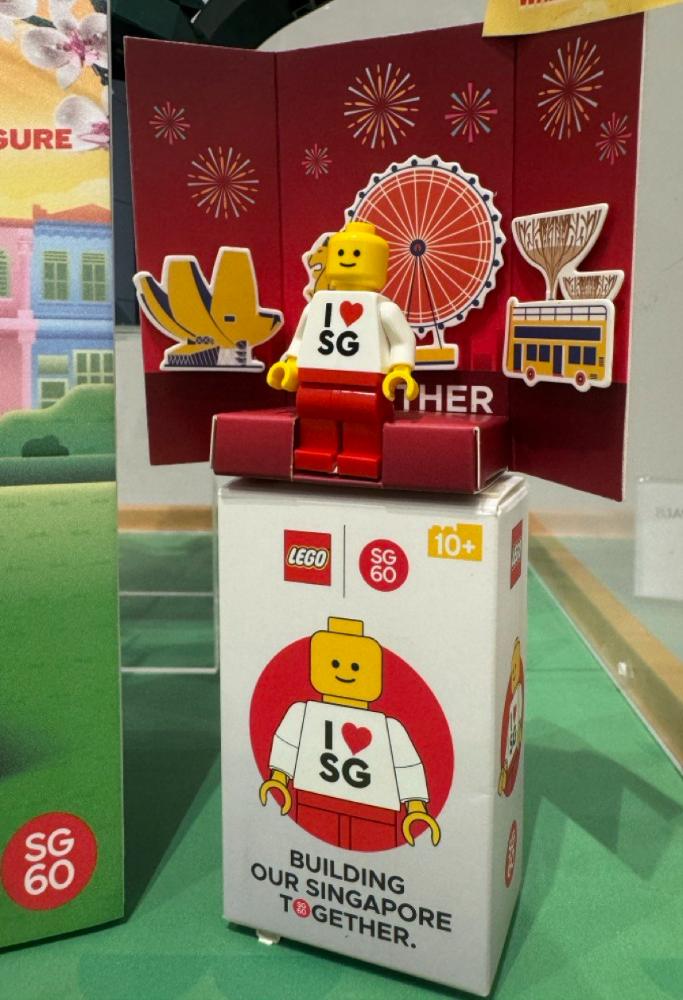
This patriotic fella here will only be on sale from 26 Jul to 31 Aug, while stocks last. | IMAGE: NG KAI
On National Day (9 Aug) itself, there will be free activities across four floors, from batik-related activities and Singlish games to a chill picnic under the stars with a "live" screening of NDP 2025 from 5.30pm onwards. It’s the ultimate throwback-meets-glow-up celebration. Come for the vibes, stay for the memories 😜
Meanwhile, let's step back in time and take a closer look at this 150-year-old grande dame of Singapore's built heritage - she's old, but she's still relevant ok!
National Monuments of Singapore
What is a National Monument? Who gazettes them? How many national monuments are there in Singapore? To date, the Preservation of Sites and Monuments, a division of National Heritage Board, has identified and gazetted 75 buildings, structures and sites of national significance as an integral part of Singapore’s built heritage.
And we're here to tell you all about them - one National Monument at a time!
You've probably passed by or stepped into more than a few of them without realising they were National Monuments: Al-Abrar Mosque, Asian Civilisations Museum, the Civilian War Memorial, Saint Andrew's Cathedral, the Esplanade Park Memorials, Fort Siloso on Sentosa - no need to plan an itinerary for friends visiting from overseas; just show them this article ✌️
In this edition, we spotlight the oldest existing museum on our Little Red Dot, the National Museum of Singapore.
📍 Location
The National Museum was the 30th building to be gazetted as a National Monument. Located near other National Monuments such as the Peranakan Museum and Cathedral of the Good Shepherd, the MRT stations nearest to the National Museum are Dhoby Ghaut, Bras Basah and Bencoolen.
📅 Significant dates
Date built:
- 1884-12 Oct 1887: Raffles Library and Museum was constructed
Milestones:
- 22 Jan 1845: A small museum was set up in the then Singapore Library in the Singapore Institution (now Raffles Institution)
- 1863: Both the library and museum were relocated to the Town Hall (today's Victoria Theatre)
- 1960: The museum separated from the library; Raffles Museum became officially known as National Museum
- 1993-Mar 2006: Known as the Singapore History Museum
- 2006-Present: Known by its original name, National Museum of Singapore
Date gazetted: 14 Feb 1992
📜 History
The idea of establishing a museum in Singapore was first proposed in 1823. However, it was not until 1843—when the Singapore Library received two gold coins from the Temenggong of Johor—that efforts truly began. A modest museum was set up within the library, which operated out of Singapore’s first school, the Singapore Institution (today’s Raffles Institution).
In 1863, both the museum and library moved to the Town Hall. A decade later, a committee of eight distinguished citizens was formed to organise the Exhibition of Colonial Products—part of a British Empire-wide initiative linked to the Exhibition Building in South Kensington, London (now the Victoria and Albert Museum). This committee was also tasked with founding the Raffles Library and Museum.
By 1882, plans were finalised for a purpose-built museum. Construction began in 1884 and was completed three years later. On 12 October 1887, the Governor of the Straits Settlements, Sir Frederick Weld, ceremoniously unlocked its doors. The museum’s primary aim was to serve as a repository of zoological specimens, documenting the region’s natural history.

IMAGE: NG KAI
Despite the grandeur of the new premises, the museum’s early years were fraught with challenges. Specimens were plagued by mould, termites damaged the roof structure, and exhibits gathered dust due to the absence of glazed windows.
Nonetheless, the museum steadily grew in stature. By 1910, the Raffles Library and Museum was highly regarded, with a vast and diverse collection covering zoology, botany, geology, ethnology, and numismatics, largely drawn from the Malayan region.
A second building was added behind the original museum and officially opened on Lunar New Year in 1907. A library wing followed in 1916. Both extensions echoed the architectural style of the original.
Dr Karl R. Hanitsch, a German-born entomologist who served as curator and later director between 1895 and 1919, played a pivotal role in initiating a Singapore history collection. Under his guidance, the museum began amassing portraits, plans, and photographs of early Singapore.
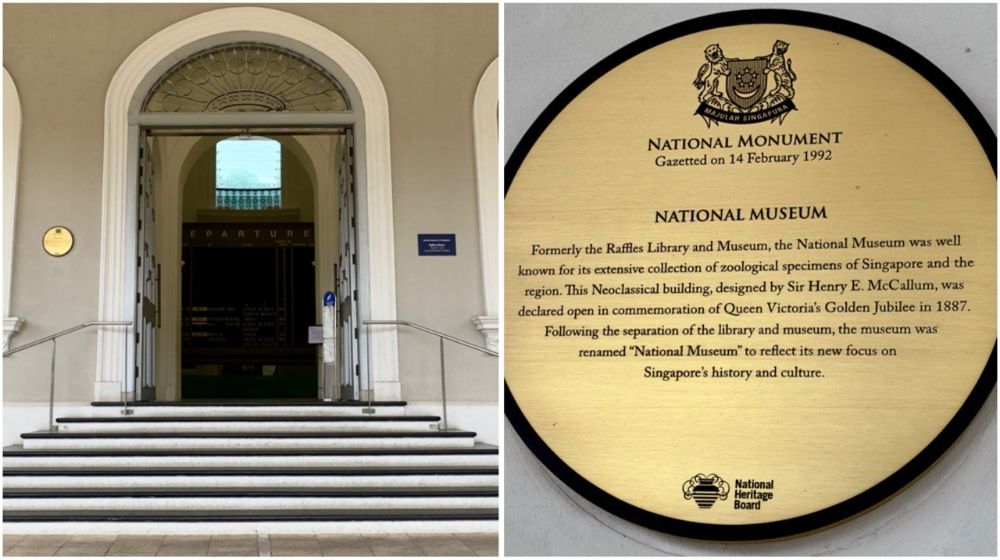 IMAGES: NG KAI
IMAGES: NG KAI
In 1960, the museum was formally separated from the library and renamed the National Museum. After Singapore’s independence in 1965, its focus shifted to reflect the cultural and intellectual interests of the new nation.
By 1972, its zoological specimens were transferred to the University of Singapore (now NUS), allowing the museum to concentrate on history, ethnology, and art. From 1993 to 2006, it was known as the Singapore History Museum.
During a major redevelopment from 2003, the museum operated temporarily out of Riverside Point. It returned to its restored home in 2006 and was officially renamed the National Museum of Singapore.
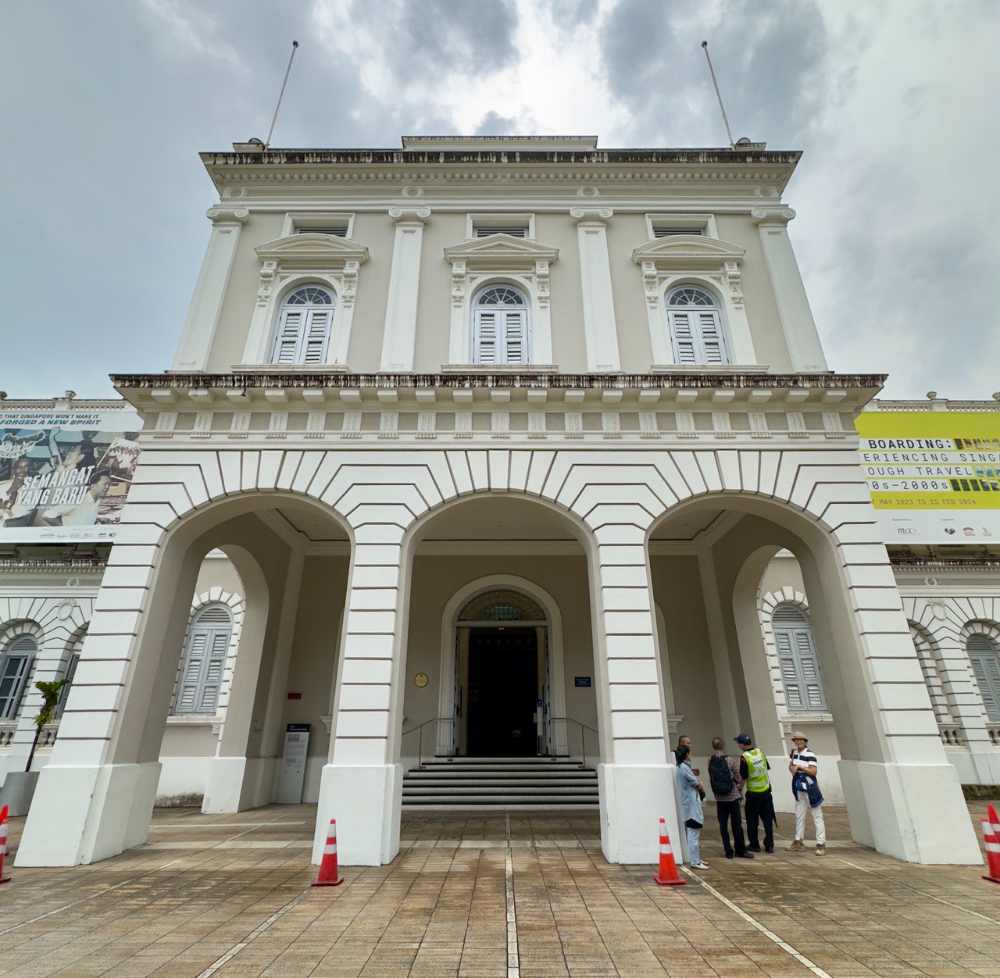 IMAGE: NG KAI
IMAGE: NG KAI
📐 Design and architecture
Designed by Colonial Engineer Sir Henry E. McCallum, the original portion of the building—the front block of the current structure—displays strong Neo-Palladian influences. This architectural style is marked by a symmetrical façade and the use of pediments (the triangular upper part of the front of a classical building) above the windows.
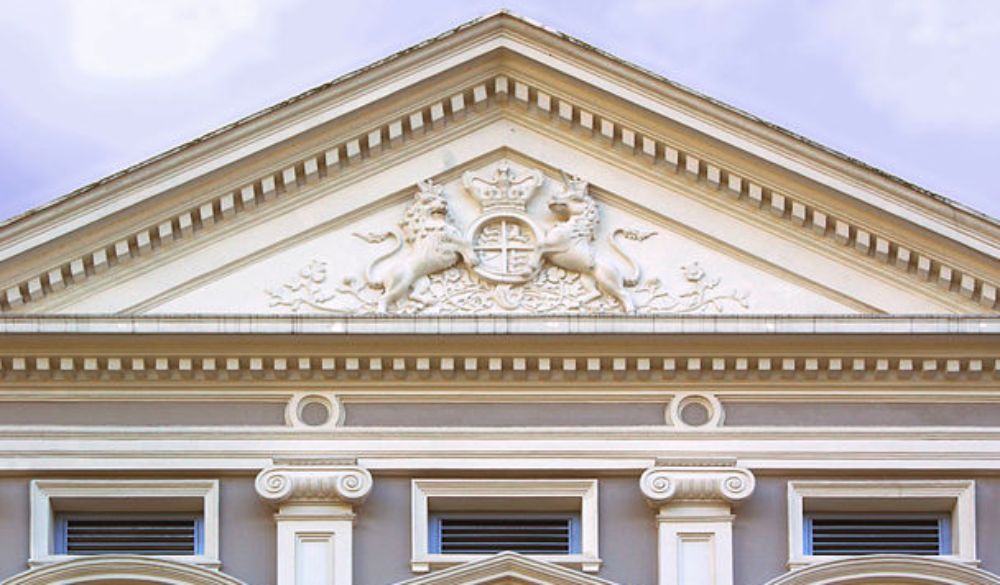 IMAGE: WIKIMEDIA COMMONS/@JACKLEE.
IMAGE: WIKIMEDIA COMMONS/@JACKLEE.
The prominent triangular pediments at either end of the front block feature the coat of arms of Queen Victoria, likely in celebration of her Golden Jubilee in 1887, the same year the building officially opened.
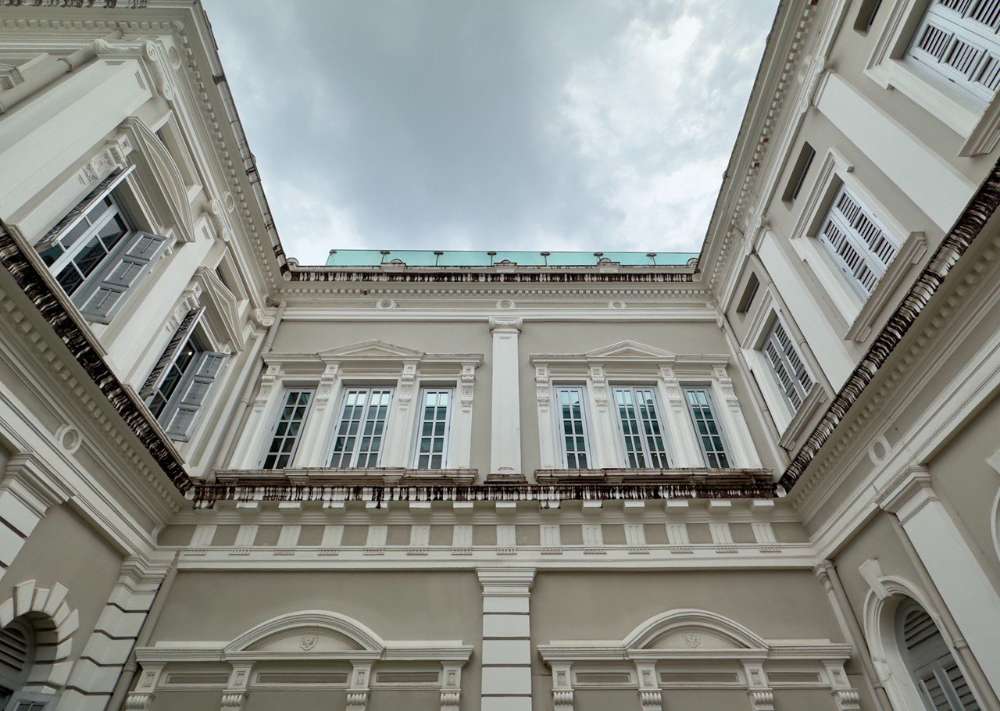 IMAGE: NG KAI
IMAGE: NG KAI
Other Neoclassical elements are also present on the façade, including Doric columns and pilasters (a rectangular column) on the ground floor, and Ionic pilasters (decorative, column-like structures attached to a wall, featuring the characteristic scroll-like design of the Ionic order) on the upper level. Rows of generously sized windows were incorporated to allow for cross-ventilation, an essential feature in Singapore’s humid climate before the advent of air-conditioning.
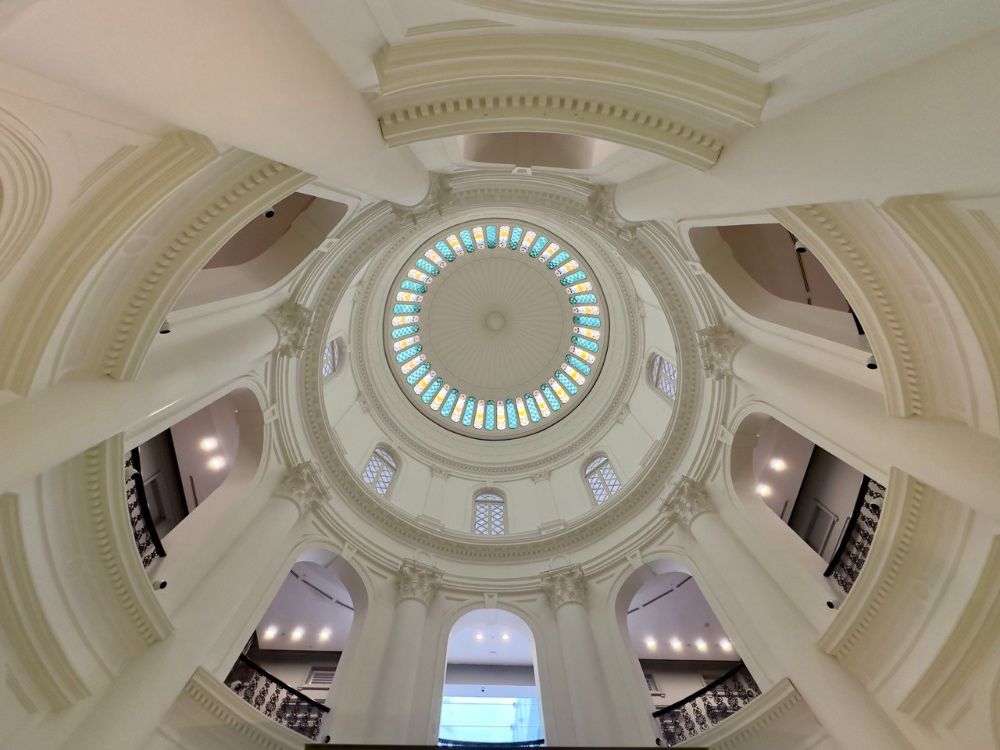 IMAGE: NG KAI
IMAGE: NG KAI
One of the building’s most striking architectural features is its rotunda, topped with a dome clad in fish-scale tiles. Arched windows and coloured glass panels around the dome allow natural light to flood into the interior below.
🕖 Opening hours
Regular visiting hours are from 10am to 7pm daily. Last ticket sales are at 6pm; last admission to galleries at 6.30pm.
🎟️ Admission
Entry is free for Singaporeans and Permanent Residents. Find out more here.
For the latest updates on Wonderwall.sg, be sure to follow us on TikTok, Telegram, Instagram, and Facebook. If you have a story idea for us, email us at


